Key Dates
- 1 November, 2014 Abstract submission open
- 15 August, 2015 Abstract submission deadlin
- 15 September, 2015 Registration deadline
- 30 September, 2015 Notification of abstract acceptance
Conference Overview
Date24-27 November, 2015
| Venue | Arkas SASEBO 2-3 Miura-cho, Sasebo City, Nagasaki 857-0863 Japan http://www.arkas.or.jp/ Phone: +81-(0)956-42-1111 |
|---|---|
| Host | Asian Society for Colloid and Surface Science (ASCASS) |
| Organizer | Department of Physical Chemistry, Faculty of Pharmaceutical Sciences Nagasaki International University, Sasebo, Japan |
| Conference Chairman | Osamu Shibata Nagasaki International University, Sasebo, Japan |
| Secretary General | Hiromichi Nakahara Nagasaki International University, Sasebo, Japan |
Plenary Speakers
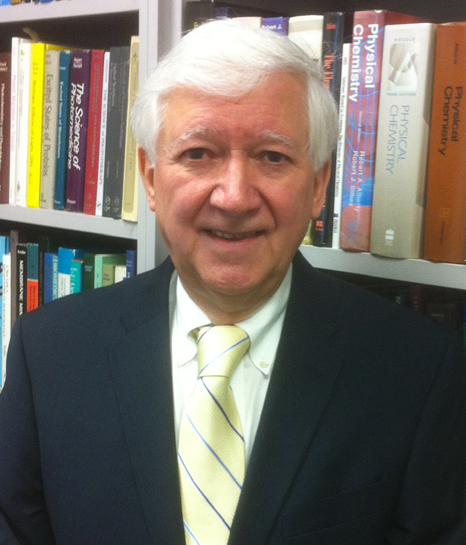 Prof. Roger M. LEBLANC (USA)
Prof. Roger M. LEBLANC (USA)
Cooper Fellow, Professor, and Chair
Department of Chemistry
University of Miami
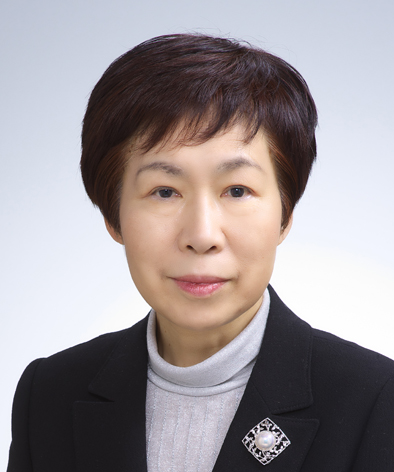 Prof. Kazue KURIHARA (Japan)
Prof. Kazue KURIHARA (Japan)
Professor
Advanced Institute for Materials Research (AIMR) &
Institute of Multidisciplinary Research for Advanced Materials (IMRAM), Tohoku University
 Dr. Patrick G. HARTLEY (Australia)
Dr. Patrick G. HARTLEY (Australia)
Reserch Director
Commonwealth Scientific and Industrial Research Organisation (CSIRO)
Key Note Speakers
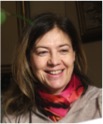 Dr. Marie Pierre KRAFFT (France)
Dr. Marie Pierre KRAFFT (France)
CNRS Research Director
Institut Charles Sadron (UPR 22)
University of Strasbourg
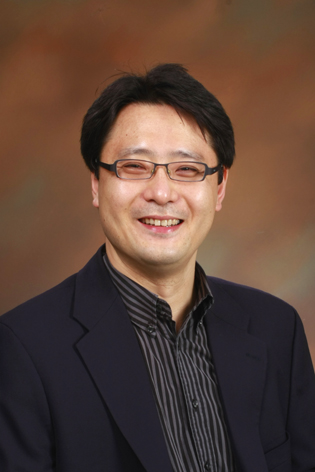 Prof. Kwanwoo SHIN (Korea)
Prof. Kwanwoo SHIN (Korea)
Department of Chemistry and Institute of Biological Interfaces,
Sogang University
Dr. Kiyoshi KANIE (Japan)
Advanced Institute for Materials Research
Tohoku University
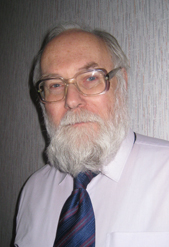 Prof. Boris A. NOSKOV (Russia)
Prof. Boris A. NOSKOV (Russia)
Department of Colloid Chemistry,
St.Petersburg State University
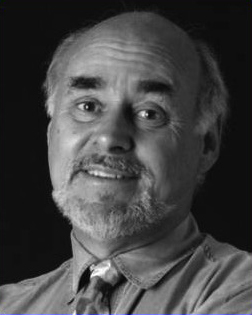 Prof. Jean G. Riess (France)
Prof. Jean G. Riess (France)
Harangoutte Institute
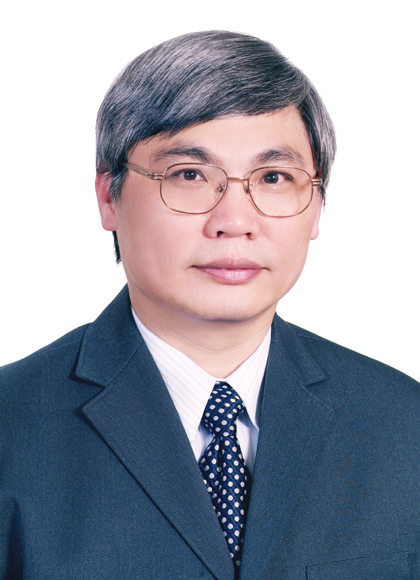 Prof. Chien-Hsiang CHANG (Taiwan)
Prof. Chien-Hsiang CHANG (Taiwan)
Department of Chemical Engineering,
National Cheng Kung University
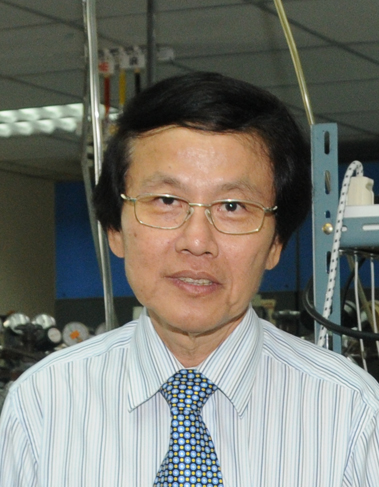 Prof. Sumaeth CHAVADEJ (Thailand)
Prof. Sumaeth CHAVADEJ (Thailand)
Petroleum and Petrochemical College,
Chulalongkorn University
 Prof. Jingcheng HAO (China)
Prof. Jingcheng HAO (China)
Dean and Director
School of Chemistry and Chemical Engineering & Key Laboratory of Colloid and Interface Chemistry,
Shandong University
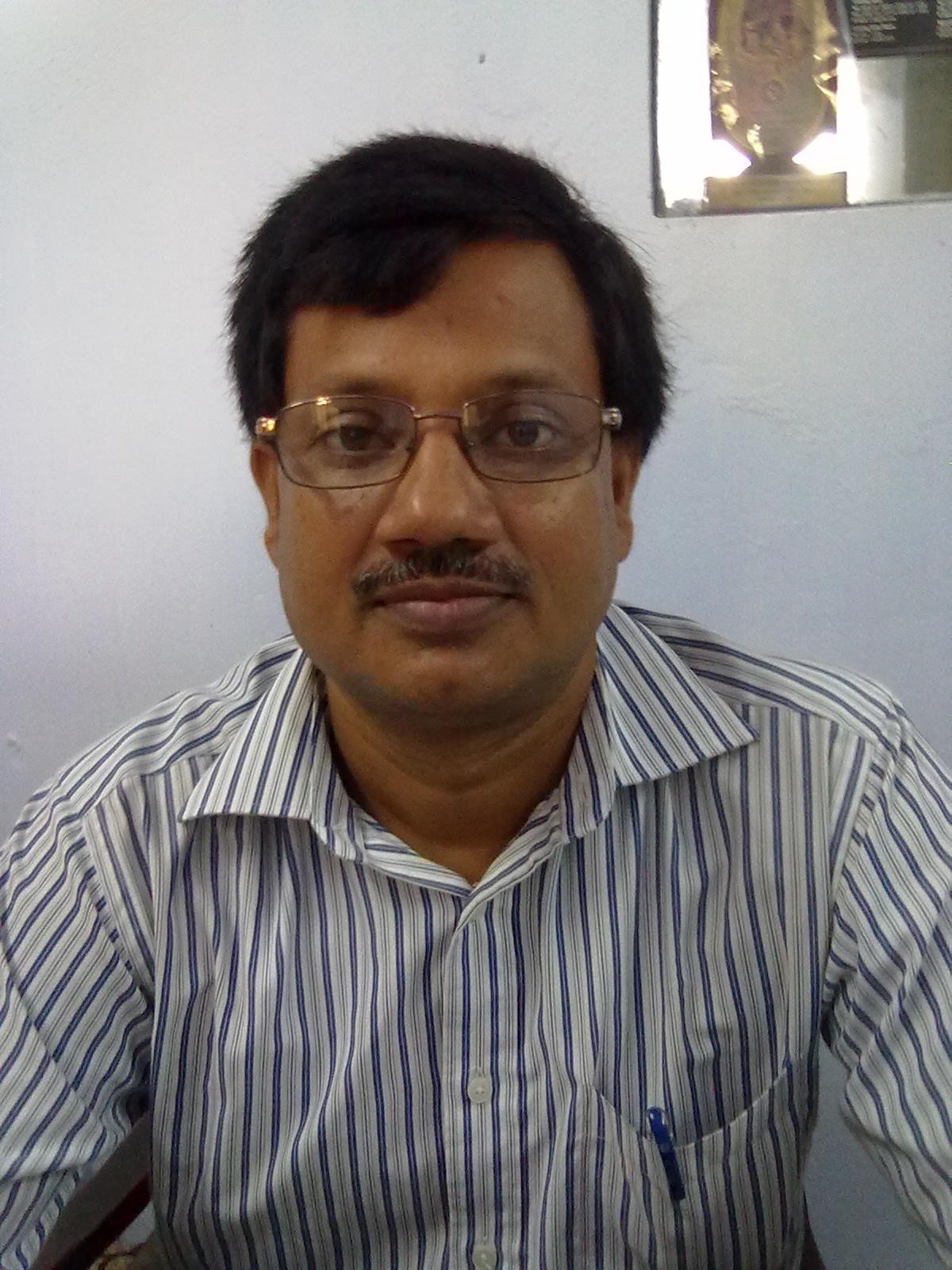 Dr. Amiya Kumar PANDA (India)
Dr. Amiya Kumar PANDA (India)
Associate Professor
Department of Chemistry
University of North Bengal
Invited Speakers
- Prof. Limin QI (Peking University, China)
- Prof. Pratap BAHADUR (South Gujarat University, India) Self Introduction
- Prof. Sunil S. Bhagwat (Institute of Chemical Technology, India)
- Prof. Jong-Duk KIM (Korea Advanced Institute of Science and Technology (KAIST), Korea)
- Prof. Seong-Geun OH (Hanyang University, Korea)
- Prof. Li-Jen CHEN (National Taiwan University, Taiwan)
- Prof.Shi-Yow LIN (National Taiwan University of Science and Technology, Taiwan)
- Prof.Tsang-Lang LIN (Nation Tsing-Hua University, Taiwan)
- Dr. Pramoch Rangsunvigit (Chulalongkorn University, Thailand)
- Dr. Hicham HAMOUDI (Qatar Environment & Energy Research Institute, Qatar)
- Dr. Yury SHCHIPUNOV (Russian Academy of Sciences, Russia)
- Prof. Masahiko ABE (Tokyo University of Science, Japan)
- Prof. Toyoko IMAE (National Taiwan University of Science and Technology, Japan)
- Prof. Kenji ARAMAKI (Yokohama National University, Japan)
- Dr. Katsuhiko ARIGA (National Institute for Materials Science, Japan)
- Prof. Tetsu YONEZAWA (Hokkaido University, Japan)
- Dr. Rie KAKEHASHI (Osaka Municipal Technical Research Institute (OMTRI), Japan)
- Prof. Hiroyuki OHSHIMA (Tokyo University of Science, Japan)
- Prof. Takeshi KAWAI (Tokyo University of Science, Japan)
- Prof. Hideki SAKAI (Tokyo University of Science, Japan)
- Dr. Yukishige KONDO (Tokyo University of Science, Japan)
- Dr. Kenichi SAKAI (Tokyo University of Science, Japan)
- Prof. Nobuo KIMIZUKA (Kyushu University, Japan)
- Prof. Keijiro TAGA (Nagoya Institute of Technology, Japan)
- Prof. Atsushi MURAMATSU (Tohoku University, Japan)
- Dr. Shigeru DEGUCHI (Japan Agency for Marine-Earth Science and Technology (JAMSTEC), Japan)
- Dr. Shin-ichi Yusa (University of Hyogo, Japan)
- Dr. Dai KITAMOTO (National Institute of Advanced Industrial Science and Technology (AIST), Japan)
- Dr. Tomohiro IMURA (National Institute of Advanced Industrial Science and Technology (AIST), Japan)
- Prof. Kazutami SAKAMOTO (Chiba Institute of Science, Japan)
- Prof. Emiko OKAMURA (Himeji Dokkyo University, Japan)
- Prof. Junichi KURAWAKI (Kagoshima University, Japan)
- Prof. Atsushi TAKAHARA (Kyushu University, Japan)
- Dr. Takaya SAKAI (Kao Corporation, Japan)
- Prof. Hidehiro SAKURAI (Osaka University, Japan)
- Prof. Tatsuo OIDA (Kyoto Institute of Technology, Japan)
- Prof. Masanobu SAGISAKA (Hirosaki University, Japan)
- Dr. Toshio SAKAI (Shinshu University, Japan)
- Prof. Eri YOSHIDA (Toyohashi University of Technology, Japan)
Travel Considerations
Passport and Visa
Any foreign visitor desiring to enter Japan must have a valid passport. A visa is required for citizens of countries that do not have visa exempt agreements with Japan. Please check the following URL for your VISA requirement and contact the nearest Japanese Embassy or Consulate for the visa requirements when you need VISA.
Helpful Websites
Insurance
The organizer is not responsible for accidents that might occur. Delegates are encouraged to purchase travel insurance before leaving their home country. Insurance plans typically cover accidental loss of belongings, medical costs in the case of injury or illness, and other possible risks of international travel.
Climates
Winter time starts in end of November in Sasebo. November, it is good season to visit Sasebo, the average temperature being 14.1 ℃ (High: 18.2 ℃ and Low: 10.0 ℃).
Electricity
2-Flat-pin plugs are used instead of columnar-shaped plugs or 3-pin plugs in Japan. The voltage used throughout Japan is 100 volts, A.C. There are two kinds of frequencies in use: 60 Hertz in Western Japan and 50 Hertz in Eastern Japan.
Currency exchange
Only Japanese yen (JPY) is accepted in regular stores and restaurants. Certain foreign currencies may be accepted at a limited number of hotels, restaurants and souvenir shops. You can buy yen at foreign exchange banks and other authorized money exchangers on presentation of your passport. Japanese money comes in bills (1,000yen, 2,000yen, 5,000yen and 10,000yen) and coins (1yen, 5yen, 10yen, 50yen, 100yen and 500yen).
Tipping
Individual tipping is not common in Japan, since a 10 to 15% service charge is added to the bill at leading hotels and higher-class restaurants.
Food
To satisfy the demanding taste buds of locals and international visitors, the city’s restaurants, cafes and bars strive to serve quality food and drinks at affordable prices in Japan. Sasebo is food kingdom in Japan. Please enjoy our foods in Sasebo.
Time zone
Japan has a single time zone, nine hours ahead of UTC. Daylight Saving Time is not practiced in Japan.
Contact Us
ACCIS2015 Secretariat
| Name | Prof. Dr. Osamu SHIBATA |
|---|---|
| Affiliation | Faculty of Pharmaceutical Sciences, Nagasaki International University |
| Address | Sasebo 859-3298, JAPAN |
| Tel & Fax | +81-(0)956-20-5686 |
| wosamu@niu.ac.jp |
| Name | Dr. Hiromichi Nakahara |
|---|---|
| Affiliation | Faculty of Pharmaceutical Sciences, Nagasaki International University |
| Address | Sasebo 859-3298, JAPAN |
| Tel & Fax | +81-(0)956-20-5743 |
| accis2015@gmail.com |
